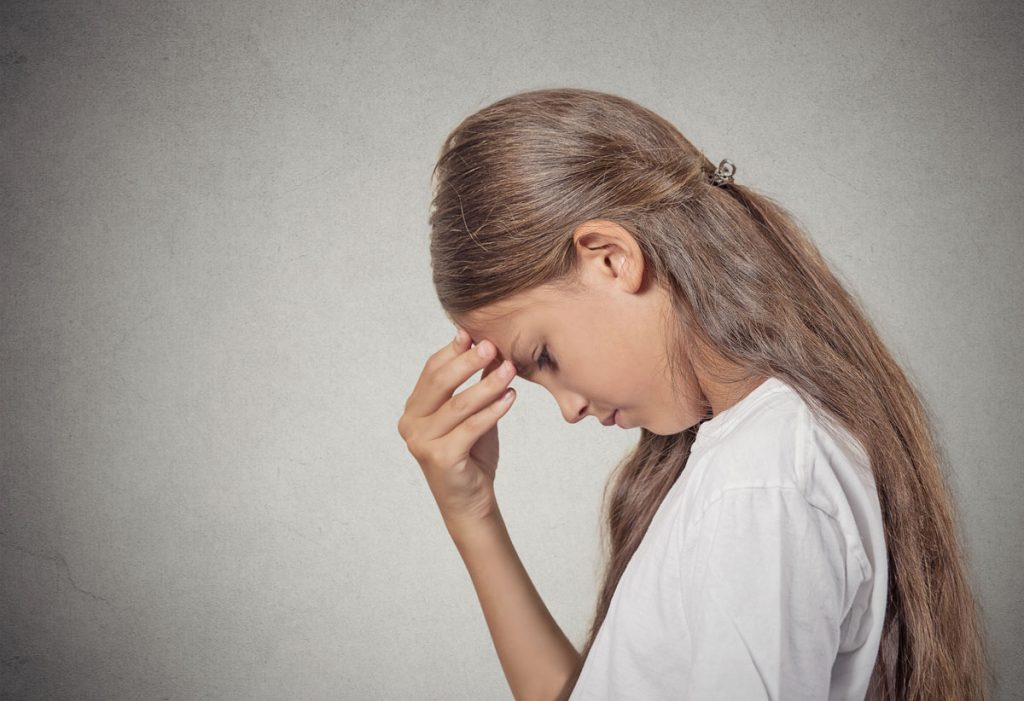There are more than 200 classified forms of diagnosable mental illness. The top psychological or emotional problems that people have nowadays include anxiety disorders, mono-polar depression and bipolar disorder. Dementia is a relatively common disorder in older age groups (there are many kinds of dementia), and schizophrenia (unfortunately) is a relatively common category as well.
It must be said, that the diagnosis of mental health disorder is symptom-based since we don’t really have an understanding of what causes these disorders. Symptom-based diagnosis is always unreliable. We can know that someone is having serious behavioral problems, but it isn’t always possible to place them meaningfully in a diagnostic category. Furthermore, the politics around mental health means that advocacy groups get possessive about clients and begin to claim them for one disorder or another.
The Anxiety and Depression Association of America claims that anxiety disorders are the most common mental illness in the United States. Their data show that 66.6 percent of anxiety disorders sufferers never receive full diagnosis and treatment. Those sufferers who receive treatment for anxiety disorders cost the U.S. more than $42 billion a year (about one-third of the total national mental health cost). Anxiety disorders are painful, and victims often seek relief from medical doctors three to five times more often non-sufferers, and go to the hospital six times more often than non-sufferers. Sometimes the anxiety symptoms tend to mimic the symptoms of physical illness and the anxiety victim seeks treatment for non-existent physical illness.
Anxiety disorders include
- Generalized Anxiety Disorder (GAD) (3.1 percent of the population).
- Panic Disorder (2.7 percent of the population).
- Social Anxiety Disorder (6.8 percent of the population).
- Specific Phobias (8.7 percent of the population).
- Post Traumatic Stress Disorder (3.5 percent of the population) often the result of war trauma or sexual assault experiences.
Obsessive-Compulsive Disorder (often very similar to phobic reactions) is often seen in association with anxiety disorder. It appears as a protective avoidance reaction to potential anxiety.
Major Depression Disorder, a potentially crippling emotional disorder, is the leading cause of disability for working age adults (18 to 44 years old) affecting 6.7 percent of the U.S. population annually. Other forms of chronic depression that occur without the spectacular crippling effect of acute depression affect about 1.5 percent of the U.S. population.
Bipolar depression is an increasingly used diagnostic category. Formerly called manic-depressive disorder, it is marked by very wide mood swings from episodes of nearly intoxicated and exaggerated energetic behavior to periods of marked depression and lethargy. Manic-depressive psychosis is often seen among relatively high functioning inpatients of psychiatric hospital facilities. Schizophrenia is most often diagnosed among the lowest functioning hospitalized group. Research suggests a possible relationship between mania and schizophrenic delusional potential. Bipolar disorder is one diagnostic category in which pharmacological treatment has been relatively successful.
Perhaps the most troublesome mental health problems have to do with substance abuse. The physiologically addictive properties of opioid pain medications and mood altering drugs have caused a veritable epidemic of addictions. Alcoholic beverages are also major causes of addictive disorder. Some experts include addictions to tobacco, eating, gambling, internet, sex, exercise, work and shopping among addictive disorders.
Based on a survey of 83 prevalence studies, research by the NIMH estimates that 47 percent of the U.S. population suffers “from the maladaptive signs of an addictive disorder over a 12 month period.
“‘Addictive disorder’ has come to refer to a disorder in which an individual becomes intensely preoccupied with a behavior that at first provides a desired appetitive effect…[then] operates beyond the need…[and] involves loss of the ability to choose freely whether to stop or continue the behavior…”
Attention Disorder and Hyperactivity Disorder (ADHD) appear to come from disturbances in the ability of people (starting in childhood) to control variables of paying attention and restless behavior. These disorders have only been recognized as mental disorders since the 1960s. Studies indicate they are more common than doctors previously thought. A 2013 study found that up to 11 percent of children (especially boys) aged 4 to 17 have been diagnosed with ADHD at some point in their lives. Diagnosis of ADHD types of disorders in adults is rarely performed.
Other common mental health disorders include
- eating disorders (often part of an obsessive-compulsive or addiction issue) are found among 30 million people in the United States (twice as likely in women than men).
- Autistic spectrum disorder, appearing in early childhood and inhibiting normal social development affects about 1 percent of children in the United States.
Accelerated Resolution Therapy (ART) is a form of psychotherapy shown to achieve rapid benefit for clients with depression, anxiety, panic attacks, post-traumatic stress disorder (PTSD), substance abuse, sexual abuse and many other mental and physical conditions. Please contact us for more information.

